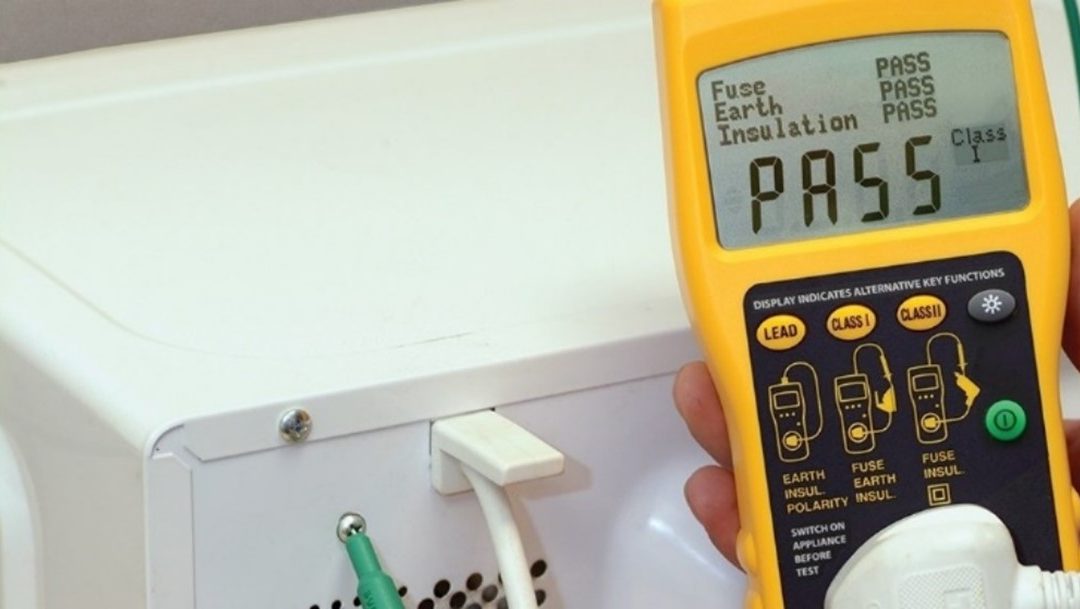4 Aug 2023
Portable Appliance Testing (PAT) is an important process aimed at ensuring the safety of electrical appliances used in various environments. However, there are several misconceptions surrounding PAT testing in the UK that contribute to confusion and misinformation. In this article, we will address these misconceptions and shed light on the facts.
Misconception 1: PAT testing is a legal requirement for all businesses
One common misconception is that PAT testing is a legal obligation for all businesses in the UK. The truth is that there is no specific legal requirement stating that PAT testing must be performed. However, the UK government has put regulations in place to ensure the safety of employees and the public by requiring employers to maintain safe electrical systems. PAT testing is considered one of the best ways to fulfill this obligation, as it helps identify potential electrical faults and promotes a safer work environment.
Misconception 2: All appliances need to be tested annually
Another misconception is that all appliances must be tested annually. In reality, there is no fixed frequency specified for PAT testing. The frequency of testing depends on various factors, including the type of appliance, its usage pattern, and the environment in which it is used. Some appliances may require more frequent testing, while others may need testing at longer intervals. A risk assessment should be conducted to determine the appropriate testing frequency for each appliance.
Misconception 3: Only a qualified electrician can carry out PAT testing
While it is true that a qualified electrician can perform PAT testing, it is not a mandatory requirement. PAT testing can be conducted by anyone deemed competent to undertake the task. Competency can be acquired through training, experience, or a combination of both. The emphasis should be on possessing adequate knowledge and understanding of electrical safety principles and testing procedures. However, hiring a qualified electrician or a specialized PAT testing professional can provide added expertise and assurance.
Misconception 4: PAT testing is just a visual inspection
Some people believe that PAT testing involves only a visual inspection of appliances without any electrical testing. In reality, the process typically involves both visual inspections and electrical tests. Visual inspections help identify obvious faults such as damaged cables or loose connections, while electrical tests, such as insulation resistance and earth continuity tests, evaluate the electrical safety of the appliance.
Misconception 5: PAT testing guarantees that an appliance is safe to use
It is important to note that PAT testing does not provide an absolute guarantee of safety or future performance. It is a preventive measure aimed at minimizing risks associated with electrical appliances. Testing identifies potential faults and issues at the time of inspection, but it cannot predict or prevent future faults from occurring. Regular maintenance, proper use, and periodic retesting are essential to ensure ongoing safety.
In conclusion, PAT testing plays a crucial role in promoting electrical safety in the UK. Understanding the realities and dispelling misconceptions surrounding PAT testing is important for individuals and businesses to make informed decisions regarding the safety of electrical appliances. By recognizing that PAT testing is not a legal requirement but a recommended practice, understanding the appropriate testing frequency, and ensuring competency in testing procedures, one can establish a safer environment for all.
